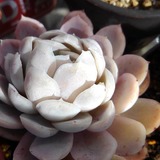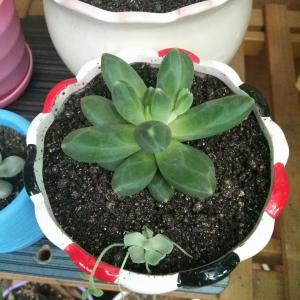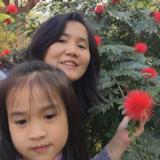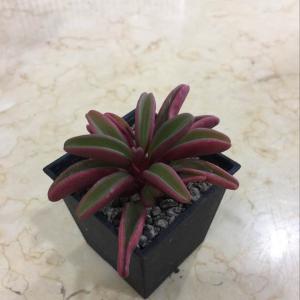文章
权问薇
2018年03月28日


一、利用种子繁殖的方法
1、方法介绍
利用种子繁殖的方法一般在家庭养殖的时候用的比较多,因为它比较简单,而且种子也十分的易得。繁殖洋桔梗的土一般选择以草炭为主,然后加一点颗粒比较大的珍珠岩等土,这样可以增加透水性和透气性,然后再加点消毒药进行消毒。
由于洋桔梗的种子是需要光照才可以发芽的,将种子撒到种植土中之后,不需要在种子上层盖一层土。一般发芽的温度需要掌控在24摄氏度左右,然后大概半个月左右的时间就可以看到种子长出芽苗了。发芽之后也要保持阳光充足,盆土稍微湿一点即可但是不可积水。

2、上盆
发芽之后,它的生长发育速度较于其他的花儿来说还是比较缓慢的。等到它慢慢长出四五片叶子的时候就可以进行定植处理了。定植的时候可以多种几棵,这样以后洋桔梗到了开花的时候会十分的好看。一般大概直径21厘米的花盆可以种五棵的洋桔梗。上盆之后,一定要记得施肥,有助于发育。

二、利用插穗繁殖的方法
1、选插穗
选的时候一定要从成株中挑选比较健壮的,这样可以有效地增加成功率。
2、操作方法
一般采用的扦插方法是土插的方法,如果之前选的插穗十分的合适的话,成活率就会达到百分之五十之上。首先选择好种植土,然后利用棍子在土里插一个洞将插穗放进去,然后用土埋实接着把水浇透,在最上层盖上保鲜膜就可以了。
为了保持透气性,要在保鲜膜上插几个小口,然后放到有光的地方即可。大概一周多的时间就可把膜去掉,过一个月的时间就会发现插穗生根了。生根之后便会满满长出芽苗,待多长出几片绿叶之后就可以上盆了。
以上便是它繁殖的两个方法,简单易行,喜欢的朋友可以亲自种一下。

2
9
文章
权问薇
2018年03月28日


一、清盛锦的扦插繁殖
1、扦插的时间
清盛锦的繁殖时间最好是选择在每年的生长季,即春天和秋天这两季进行,因为这两个季节的温度正好适合于清盛锦进行繁殖。
2、插叶的选择
插叶需要选择没有病虫害而且比较健壮的枝叶才可以。剪下来枝叶之后需要稍微晾晾,然后等待下一个步骤。
3、土壤
土壤选择沙土或者蛭石,这样透气性和排水性比较好。
4、扦插操作
将晾后的枝叶插进准备好的土壤中,然后放在阴凉的地方养殖,保持有一定的湿润度,很快就可以生根了。一般叶插的植物形成完整的植株还是比较慢的,所以需要有一定耐心。
二、扦插后的养护
1、土壤
插叶慢慢生根之后,其实可以移植到别的盆里,这时候要求的土壤需要疏松,肥沃一点的土壤更好一点。

2、浇水
在冬天的时候,如果清盛锦的生长温度在十二摄氏度以上,这时候可以对清盛锦进行浇水处理,这样清盛锦还会继续生长。如果冬天温度达不到这个温度,就不需要再浇水了,保持土壤的干燥,这样清盛锦可以耐一定的低温。春天和秋天是清盛锦生长时期,这个时候一定要浇水比较充足,时刻保持土壤有水分,如果空气太干燥可以适当的洒点水,这样有利于清盛锦的生长。
3、施肥
一般每隔半个多月的时间就要对清盛锦施一次肥,需要施薄肥,但是要防止肥料施到叶上。
4、光照
清盛锦是喜欢阳光的植物,但是在夏天比较热的时候会出现休眠的状态,所以一定不要对清盛锦进行强光照射。其他三个季节光照不是很强,所以可以一直进行太阳照射。
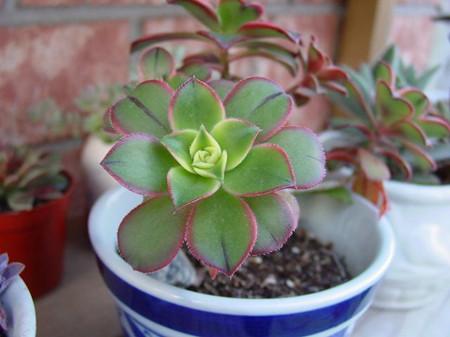
0
0
文章
权问薇
2018年03月28日


1.温度不要太高了
合适的温度也是对玉兰安全过冬天很重要的。在秋天过后的时候就要开始及时的把它搬到房间里面了,不能再放到外面了,而且房间内的温度一般在5到10度的时候比较的好,在冬天的时候如果因为一些其他原因让那个房间内的温度太高的话,一定要采取一定的措施,给房间内适当的降温,不然温度太高的话,就会影响它的生长,让它过冬也是非常的难的。
2.不要让空气太干
玉兰的周围不可以太干了,必须要有一定的湿度改善,一般我们可以用喷雾向天空中进行喷雾,这样可以很好的增加它的湿度,还应该在天气比较好的时候进行适当的开窗,让它能够很好的通气,一般都是在上午10点到下午2点之间打开窗户比较合适。但是一定要记得不能让它吹到冷风,不然就会起到相反的作用的。
3.光照不要太少
在冬天的时候,光照的时间一般都比较的短,但是要让玉兰能够充分的享受到阳光,我们可以把它放在比较向阳的地方,这样就可以让它的享受更多的阳光,也能够更好的生长起来,安全的度过冬天,所以光照一定不能太少了。
4.肥水不要太多
冬天的温度一般都是比较的低,植物的蒸发也会减少,所以这时候需要的水分也是比较少的,一定要节制浇水,不干的话就不要给它浇。另外也不能给它加肥料了,因为在这个时候它对肥料的要求也是很好的。一定要合理的控制水肥,这样才能够让那个我们的玉兰安全过去冬天,还能在下一年开出更多美丽的花。
0
0
文章
权问薇
2018年03月28日


一、开花后的处理工作
1、修剪花枝
在玛格丽特的花朵开败后,我们要立刻给花修剪花枝,如果不及时修剪花枝会影响第二年的开花质量,同时对玛格丽特花本身也会造成一定的影响,所以在开花后修剪花枝可以让养分全部都集中在花苞之上,这种方法可以让下次花期提前来临,同时也可以玛格丽特在下次的花期中开得更加的茂盛。

2、营造休眠环境
玛格丽特在开花后,除了进行修枝之外,还要注意保持环境的干爽和通风性,可以将玛格丽特放在家中的露台上,但是千万不能让这种花淋雨,如果这个时期让玛格丽特淋雨的话,很有可能会导致花枝枯萎,而且尽量不要在玛格丽特开花之后给它换盆,尽量让它待在原盆之中,这样才能够让它安稳的度过开花之后的休眠期。
3、浇水
我们都知道,花是必须要浇水的,尤其是像玛格丽特这种花类的品种在生长期也是需要大量的水分的,如果不浇水的话,那么很有可能会导致枝叶干枯发黄,如果是在春秋季节尽量保证每天都能够给花浇一次水,尤其是在玛格丽特花开败之后,要注意平时给它们浇水的频率。

二、注意事项
另外,玛格丽特花每年都要进行一次一盆,加一盘的时候一定要保证玛格丽特花有充足的肥料,这样才能够让它们快速的生长,但是在施底肥的时候一定要注意千万不要让玛格丽特的根须与肥料进行亲密的接触,不然很容易烧坏玛格丽特的花根,可以用盆土隔开肥料和花苗的距离。

另外,想要繁殖这种花可以选择扦插的方式,一般要选择相对成熟的枝条进行繁殖,想要扦插尽量在春秋季节。
3
5
文章
木木
2018年03月28日

有花友问白银寿有哪些品种,说实话编辑真不能全部说出来,不过编辑找到了白银系的26个品种图,都是一些有代表性的品种,供花友们欣赏。
1、白银SP
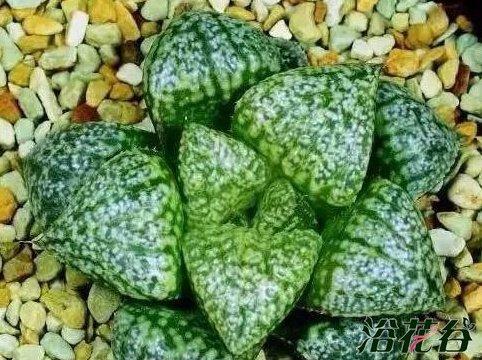
2、白银潘多拉锦

3、白银青木丸叶
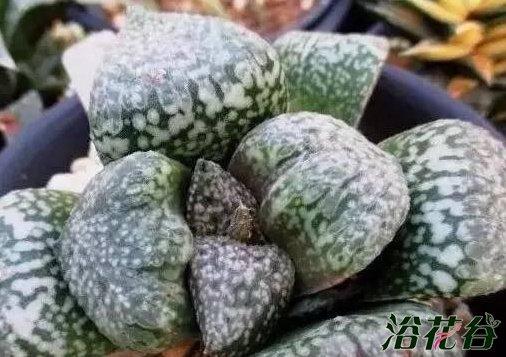
4、白银麦当娜
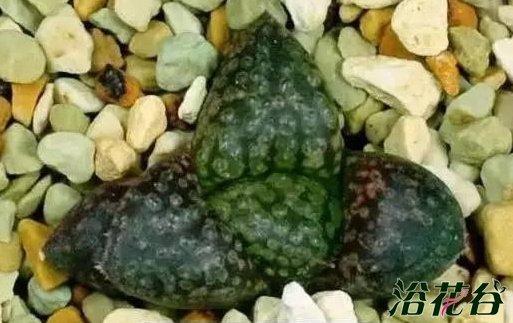
5、白银皇家
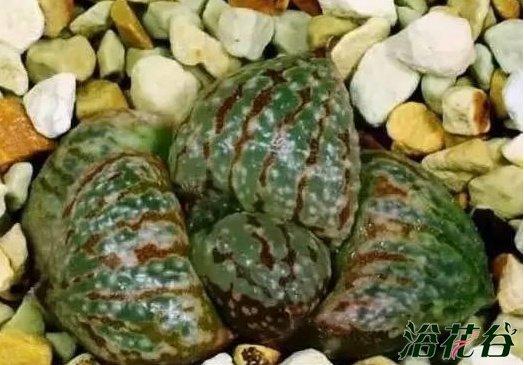
6、白银海萤
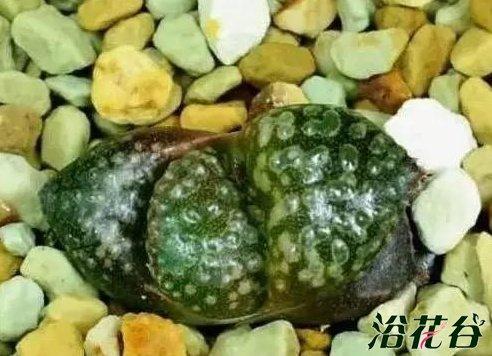
7、白银海皇
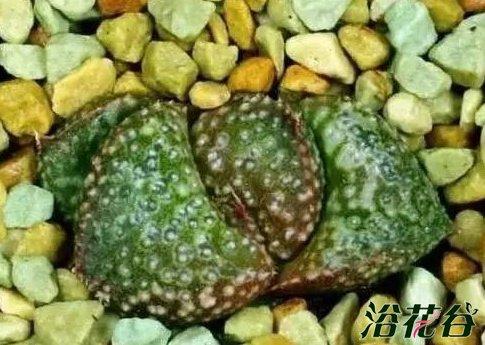
8、白银白拍子
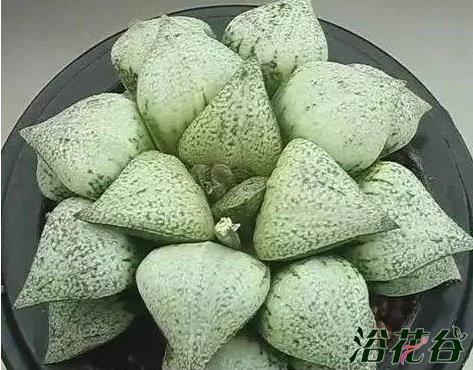
9、白银白雪姬

10、白银白鹰
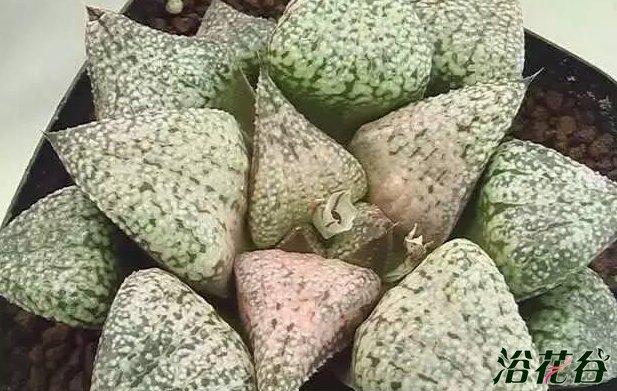
11、白银大白莲

12、白银福绿
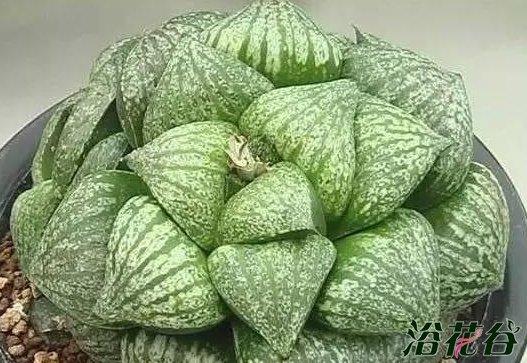
13、白银极乐殿
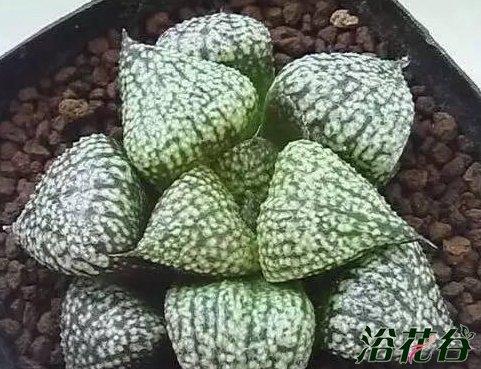
1、白银SP

2、白银潘多拉锦

3、白银青木丸叶

4、白银麦当娜

5、白银皇家

6、白银海萤

7、白银海皇

8、白银白拍子

9、白银白雪姬

10、白银白鹰

11、白银大白莲

12、白银福绿

13、白银极乐殿

0
0
文章
权问薇
2018年03月28日


一、扦插繁殖
1、选取插条
在每年春天对它进行修剪的时候,我们可以把它剪下来的茎枝作为插条,之后稍微的处理一下,然后就可以进行去扦插了。
2、扦插
扦插的话,首先我们先把土壤选择好了,一般都是选一些较为疏松和肥沃的土壤,然后事先给土壤浇透水,再晾一下,我们就可以把准备好的枝条插在里面了,插的时候一定要注意,不可以把枝条全部插进土里面,不然就没法成活了,插条插好了之后,我们就可以将它带盆放在强光下照射,并保持温度适当,另外还要给它进行适当的浇水,之后大约过上2星期的时间,插条就会开始发根了,这样就会慢慢的形成一个新的植株了。
二、孢子繁殖
1、取孢子
如果想要用这种方法进行繁殖的话,那我们要事先准备好一个长条形的纸袋,大小的话要根据叶子大小来定。纸袋准备好之后,我们就可以在叶背的孢子囊刚开始显现的时候,取来纸袋把它套在叶片上绑好,这样等到孢子成熟的时候,它就会自动的落入到这个纸袋里面。因为孢子极其的小,就像灰尘状似的,所以我们在取它的时候,一定要将纸袋随同叶子一块剪下来,之后让叶端向下,以便于孢子能够全部集中在纸袋的底部,然后就可以将叶片取出来,再把每个袋子里的孢子全部集中在一个袋子里,这样就可以去播种了。、

2、播种
我们先将土壤准备好,之后再将土壤进行一下高温杀毒,然后找来一个盆子将土壤装进去并将它压平了,之后就可以将准备好的孢子依次的撒在盆土里面了,撒完之后,我们就可以开始给盆子浸水,这样就可以让土壤充分湿润,浸水之后,我们就可以给它保温等待萌发了。
0
0
文章
张祥明
2018年03月28日


一.缘由
1如果要解决这种植物不开花,那么首先要找出来到底是什么缘由导致它不开花。它的成长地阳光不够充足。
2它的成长扎根的土不能符合它的习性提供它所需要的养分。
3没有可供它攀爬的架子。
4水肥不够。
5没有给它做好保暖的措施。

二.解决方法
1因为这种植物好光,喜欢朝向太阳的环境,所以一定要安排一个能够没有太多遮挡,能够让它好好的享受太阳的地方种植。
2种植的土一定要符合它的要求,因为它喜欢肥沃的、湿润的、酸性的土,而且土最好是含有有机质,排水性要非常好,如果泥土的酸碱度不对,那么我们可以在浇灌的水中人为地加入硫酸亚铁补充植株成长的要求,少加点就行。
3因为这种植物是一种攀援的藤本的植物,会长出卷须,而且它必须要有物体来借助它攀爬成长。无论是为了美观需要还是为了种植需要,我们都可以给它搭一个架子,或者说搭一个棚,让它可以自由地攀爬汲取光照。

4因为这种植物的成长速度非常快,它孕育的花蕾又多,花期又非常地长,如果水分和肥料不够充足的话,就不能够结出一串串硕大的花苞,所以在它的成长期要每个月都给它施一次肥料,最好是在网上购买或者是从花农处购买一些腐熟稀薄的豆饼混水浇在种植植株的土层上面。还要保持泥土的一定的湿润,淋水的次数可以观察土层的湿润情况。在夏天除了要按时淋水,对于枝叶还要保持每天2到3次的喷水,同时向地面洒水以提高空气的湿度。在花朵孕育的时候最好能够补充一次氮肥。
5这种植物非常不能够抵抗寒冷,所以在北方的冬天要把它移植到屋子里面过冬,还要接触阳光,这个时候要控制淋水的量,不要施肥,室内的温度要保持在10度以上。
0
0
文章
Miss Chen
2018年03月27日

Description: This perennial herbaceous wildflower is 1-3' tall and semi-erect to erect in habit. Its stems are light green to purplish brown, angular or terete, glabrous, and sometimes glaucous. Alternate compound leaves occur along these stems at intervals; they are widely spreading to ascending and evenly pinnate. Each compound leaf consists of 4-10 pairs of leaflets along a rachis (central stalk) that is light green to purplish brown and glabrous. The tip of each compound leaf terminates in a branched tendril that can cling to adjacent vegetation, fences, and other objects.

Individual leaflets are 1-2" long and ½-1¼" across; they are oval-ovate in shape, smooth along their margins, and glabrous. The upper leaflet surface is medium green, while the lower surface is pale green. Each leaflet has a short narrow petiole at its base that connects to the rachis of the compound leaf. Where each compound leaf joins the stem, there is a pair of leafy stipules about ½-1" in length. Each stipule is half-cordate in shape, forming a rounded basal lobe, where there are 1-3 small secondary lobes with blunt tips. Narrow racemes of 5-12 flowers (about 2½-5" in length) are borne on long naked peduncles that are shorter than the compound leaves. Individual flowers are ½-¾" long, consisting of 5 white or cream-colored petals, a light green to nearly white tubular calyx with 5 teeth, several hidden stamens, and a pistil with a single style. Each flower has aDistribution Map typical pea-like floral structure, where one upper petal forms the banner (or standard), 2 lateral petals form the wings, and 2 petals form the keel that is enclosed by the wings. The pedicels of the flowers are short and narrow. The blooming period occurs from late spring to mid-summer. Each flower is replaced by a 2-valved seedpod that becomes 2-3" long at maturity. Each seedpod is cylindrical, somewhat flattened, and glabrous, tapering at its tip into a curved beak. When they are fully mature, the seedpods divide into 2 parts to release their seeds. The root system is fibrous and rhizomatous.
Cultivation: The preference is partial sun, moist to dry conditions, sandy or rocky soil with some organic matter, and relatively cool temperatures during the summer.
Range & Habitat: Pale Vetchling is native to Illinois, where it is uncommon and state-listed as 'threatened.' It is found primarily in northern Illinois, although there are a few isolated populations in the southern part of the state. This wildflower is more common in areas lying north of the state. Habitats include upland woodlands, upland savannas, sandy bluffs, wooded slopes, the slopes of rocky ravines, and riverbanks. In Illinois, Pale Vetchling often occurs where oak trees are dominant.
Faunal Associations: The flowers are pollinated by bumblebees and other long-tongued bees, where they seek nectar and pollen. The caterpillars of the butterfly Glaucopsyche lygdamus (Silvery Blue) sometimes feed on vetchlings (Lathyrus spp.), although they are more often found on Vetches (Vicia spp.); this insect has a boreal range that is similar to Pale Vetchling. An aphid, Nearctaphis crataegifoliae, and other aphids may feed on this plant as well. The Ruffed Grouse sometimes eats the seeds and foliage of vetchlings.
Photographic Location: A woodland in NE Illinois. The photograph was taken by Tobin Fraley (Copyright © 2010).
Comments: Pale Vetchling is one of several Lathyrus spp. (vetchlings) in Illinois. Sometimes it is referred to as 'Cream Pea' or 'Cream Peavine.' This species can be distinguished from others in this genus by its white or cream-colored flowers, relatively broad leaflets, and distinctive stipules, which have rounded basal lobes with one or more secondary lobes. Other species in this genus often have purple-lavender flowers, narrow leaflets (less than one-third as wide as long), and their stipules lack secondary lobes. Pale Vetchling would probably be adaptable to cultivation in partially shaded gardens.

Individual leaflets are 1-2" long and ½-1¼" across; they are oval-ovate in shape, smooth along their margins, and glabrous. The upper leaflet surface is medium green, while the lower surface is pale green. Each leaflet has a short narrow petiole at its base that connects to the rachis of the compound leaf. Where each compound leaf joins the stem, there is a pair of leafy stipules about ½-1" in length. Each stipule is half-cordate in shape, forming a rounded basal lobe, where there are 1-3 small secondary lobes with blunt tips. Narrow racemes of 5-12 flowers (about 2½-5" in length) are borne on long naked peduncles that are shorter than the compound leaves. Individual flowers are ½-¾" long, consisting of 5 white or cream-colored petals, a light green to nearly white tubular calyx with 5 teeth, several hidden stamens, and a pistil with a single style. Each flower has aDistribution Map typical pea-like floral structure, where one upper petal forms the banner (or standard), 2 lateral petals form the wings, and 2 petals form the keel that is enclosed by the wings. The pedicels of the flowers are short and narrow. The blooming period occurs from late spring to mid-summer. Each flower is replaced by a 2-valved seedpod that becomes 2-3" long at maturity. Each seedpod is cylindrical, somewhat flattened, and glabrous, tapering at its tip into a curved beak. When they are fully mature, the seedpods divide into 2 parts to release their seeds. The root system is fibrous and rhizomatous.
Cultivation: The preference is partial sun, moist to dry conditions, sandy or rocky soil with some organic matter, and relatively cool temperatures during the summer.
Range & Habitat: Pale Vetchling is native to Illinois, where it is uncommon and state-listed as 'threatened.' It is found primarily in northern Illinois, although there are a few isolated populations in the southern part of the state. This wildflower is more common in areas lying north of the state. Habitats include upland woodlands, upland savannas, sandy bluffs, wooded slopes, the slopes of rocky ravines, and riverbanks. In Illinois, Pale Vetchling often occurs where oak trees are dominant.
Faunal Associations: The flowers are pollinated by bumblebees and other long-tongued bees, where they seek nectar and pollen. The caterpillars of the butterfly Glaucopsyche lygdamus (Silvery Blue) sometimes feed on vetchlings (Lathyrus spp.), although they are more often found on Vetches (Vicia spp.); this insect has a boreal range that is similar to Pale Vetchling. An aphid, Nearctaphis crataegifoliae, and other aphids may feed on this plant as well. The Ruffed Grouse sometimes eats the seeds and foliage of vetchlings.
Photographic Location: A woodland in NE Illinois. The photograph was taken by Tobin Fraley (Copyright © 2010).
Comments: Pale Vetchling is one of several Lathyrus spp. (vetchlings) in Illinois. Sometimes it is referred to as 'Cream Pea' or 'Cream Peavine.' This species can be distinguished from others in this genus by its white or cream-colored flowers, relatively broad leaflets, and distinctive stipules, which have rounded basal lobes with one or more secondary lobes. Other species in this genus often have purple-lavender flowers, narrow leaflets (less than one-third as wide as long), and their stipules lack secondary lobes. Pale Vetchling would probably be adaptable to cultivation in partially shaded gardens.
0
0




